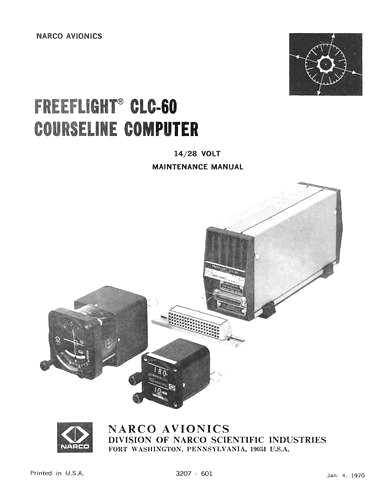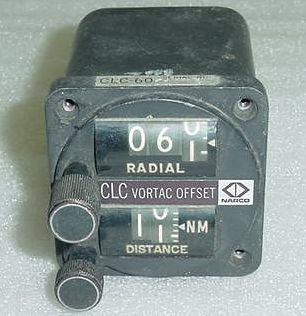b. RNAV System Database Considerations.
(1) Pilots must ensure their onboard navigation data is current, appropriate for the region
of intended operation, and includes the waypoints, NAVAIDs, and fixes for departure, arrival,
and alternate airfields.
NOTE: The navigation data should be current for the duration of the flight.
If the Aeronautical Information Regulation and Control (AIRAC) cycle will
change during flight, operators and pilots should establish procedures to
ensure the accuracy of navigation data, including suitability of navigation
facilities used to define the routes and procedures for flight. Traditionally,
this has been accomplished by verifying electronic data against paper
products.
(2) Pilots must extract waypoints, NAVAIDs, and fixes by name from the onboard
navigation database and comply with the charted procedure or route. Heading-based legs
associated with procedures may be flown using manual technique (based on indicated magnetic
heading) or, if available, extracted from the aircraft database and flown using RNAV system
guidance.



